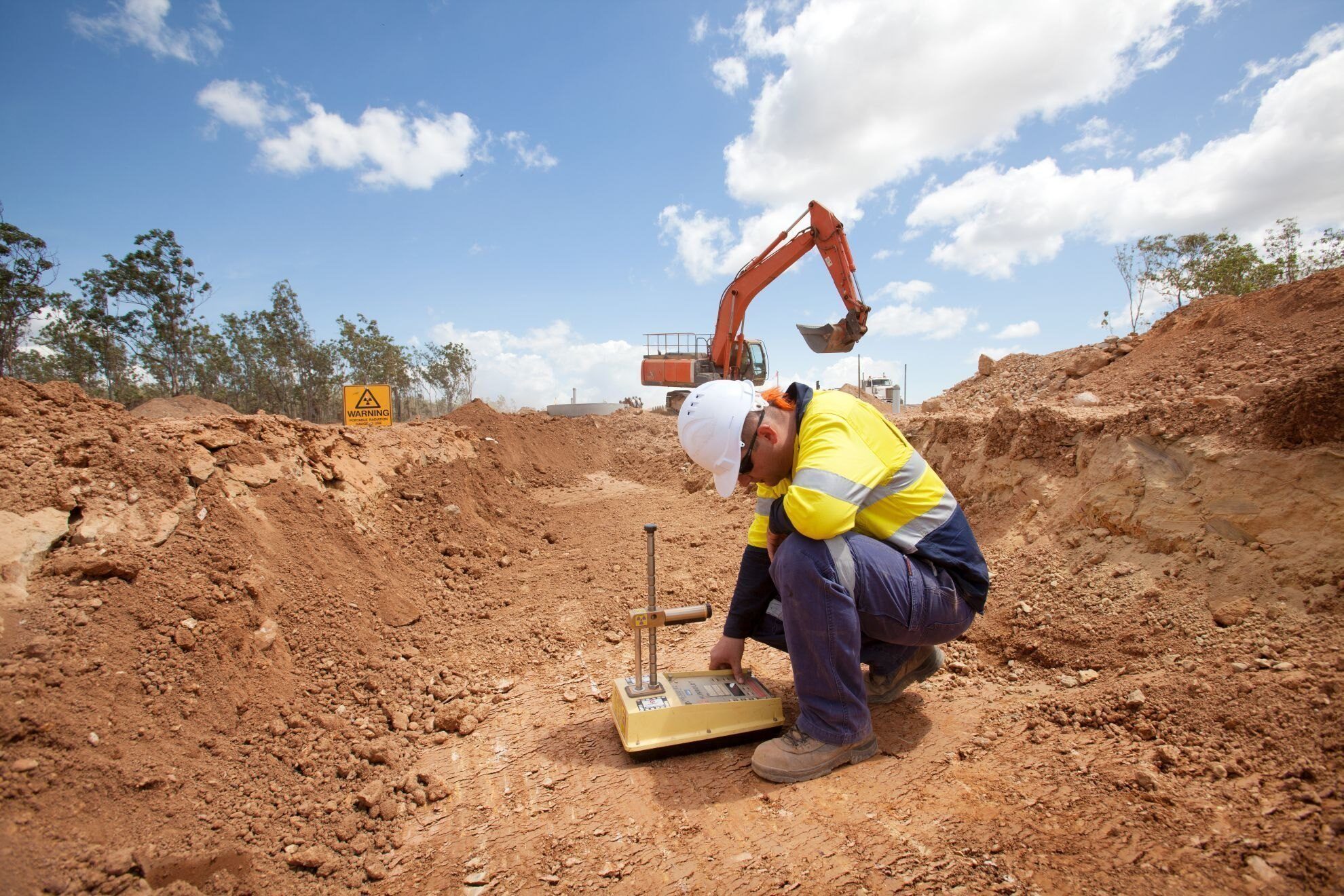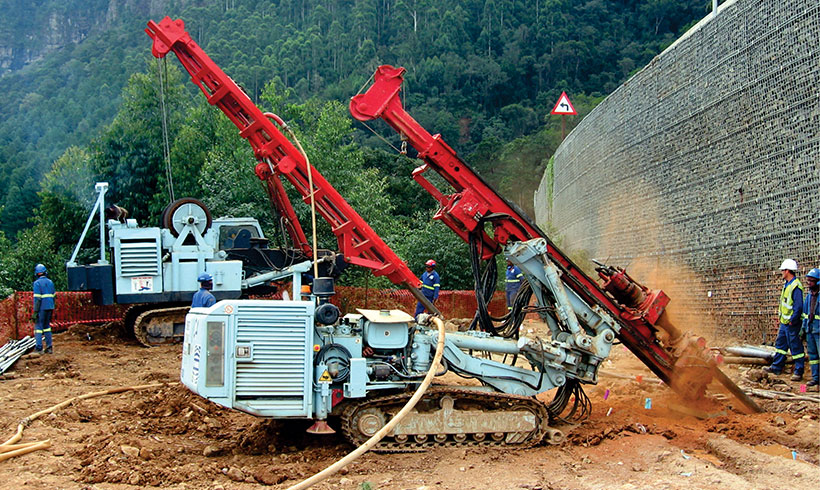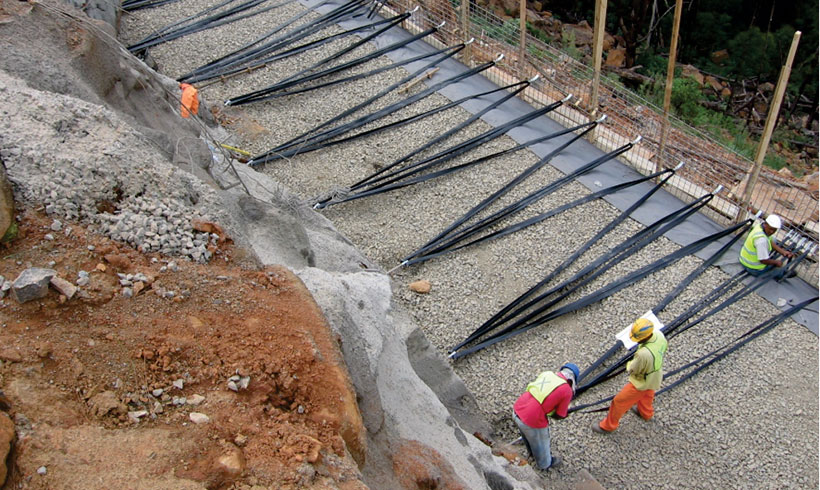Geotechnical Engineering For Construction Projects Fundamentals Explained
Geotechnical Engineering For Construction Projects Fundamentals Explained
Blog Article
An Unbiased View of Geotechnical Engineering For Construction Projects
Table of ContentsGeotechnical Engineering For Construction Projects Things To Know Before You BuyThe Greatest Guide To Geotechnical Engineering For Construction ProjectsThe Single Strategy To Use For Geotechnical Engineering For Construction ProjectsThe smart Trick of Geotechnical Engineering For Construction Projects That Nobody is DiscussingThe Of Geotechnical Engineering For Construction ProjectsGeotechnical Engineering For Construction Projects Things To Know Before You Get This
The function of geotechnical engineering substantially handles realizing the functions of soil and rock, which might vary considerably by their density, moisture content etc. These attributes need to be checked out by geotechnical engineers to anticipate their movements under numerous circumstances. The safety and security as well as security of structures are influenced by soil problems, making this analysis needed., in enhancement to how they interact with buildings that have actually been erected on or within them, is one of the key explanations for why geotechnical design is essential.
Ecological defense is achieved with geotechnical engineering. Know-how in air, water, and dirt top quality upkeep is put to make use of by geotechnical designers to minimize the negative impacts of jobs.
To sum up, geotechnical engineering is an essential technique that protects the durability and integrity of civil facilities. Geotechnical designers add to making building projects reliable all over the world by understanding the behavior of earth products and applying suitable planning methods.
Geotechnical Engineering For Construction Projects - The Facts
By examining dirt, rock, and subsurface conditions, geotechnical designers supply essential understandings that assist in the layout, building, and upkeep of buildings and framework.

Some Known Questions About Geotechnical Engineering For Construction Projects.
Lab screening: Identifying the residential properties of soil and rock. A number of high-profile construction projects have successfully made use of geotechnical engineering to guarantee their stability and safety.

As a leader in geotechnical design, BECC Inc. is devoted to supplying innovative and efficient remedies that meet the highest possible standards of high quality and security., a mechanical designer and rock hound.
The Single Strategy To Use For Geotechnical Engineering For Construction Projects
Terzaghi additionally developed the structure for concepts of birthing capability of foundations, and the theory for forecast of the price of settlement of clay layers because of combination. Later on, look at more info Maurice Biot completely created the three-dimensional soil consolidation concept, prolonging the one-dimensional version previously created by Terzaghi to much more general hypotheses and introducing the set of standard equations of Poroelasticity.
Geotechnical designers check out and figure out the buildings of subsurface problems and materials. They likewise develop equivalent earthworks and retaining structures, passages, and framework structures, and may monitor and evaluate sites, which may better entail site monitoring as well as the danger evaluation and mitigation of natural hazards - Geotechnical Engineering for Construction Projects. Geotechnical designers and engineering rock hounds perform geotechnical investigations to obtain information on the physical homes of soil and rock underlying and adjacent to a website to make earthworks and structures for proposed frameworks and for the fixing of distress to earthworks and frameworks brought on by subsurface problems.
The 4-Minute Rule for Geotechnical Engineering For Construction Projects
Geologic mapping and analysis of geomorphology are generally completed in assessment with a rock hound or engineering geologist. Subsurface expedition usually involves in-situ testing (for instance, the conventional penetration test and cone penetration examination). The excavating of test pits and trenching (especially for situating mistakes and slide airplanes) may also be made use of to find out about soil problems at depth. Still, they are occasionally utilized to enable a geologist or designer to be reduced into the borehole for direct aesthetic and manual exam of the soil and rock stratigraphy. Different dirt samplers exist to meet the needs of various engineering projects. The basic infiltration examination, which makes use of a thick-walled split spoon sampler, is one of the most more information typical way to collect disrupted samples.

If the interface between the mass and the base of an incline has a complicated geometry, slope security analysis is challenging and numerical service techniques are called for. Generally, the user interface's precise geometry is unknown, and a streamlined user interface geometry is presumed. Finite inclines require three-dimensional versions to be analyzed, so most slopes are assessed thinking that they are considerably vast and can be stood for by two-dimensional models.
Some Known Facts About Geotechnical Engineering For Construction Projects.
The empirical method might be described as follows: General expedition adequate to establish the rough nature, pattern, and residential properties of down payments. Evaluation of one of the most likely problems and the most unfavorable imaginable variances. Creating the style based upon a functioning hypothesis of habits expected under one of the most likely conditions. Option of quantities to be observed as building and construction earnings and determining their prepared for worths based upon the working hypothesis under the most negative conditions.
Measurement of quantities and evaluation of actual conditions. Style modification per real conditions The empirical technique appropriates for building that has actually currently started when an unforeseen advancement takes place or navigate to these guys when a failure or accident looms or has actually already taken place. It disagrees for tasks whose layout can not be altered during construction.
Report this page